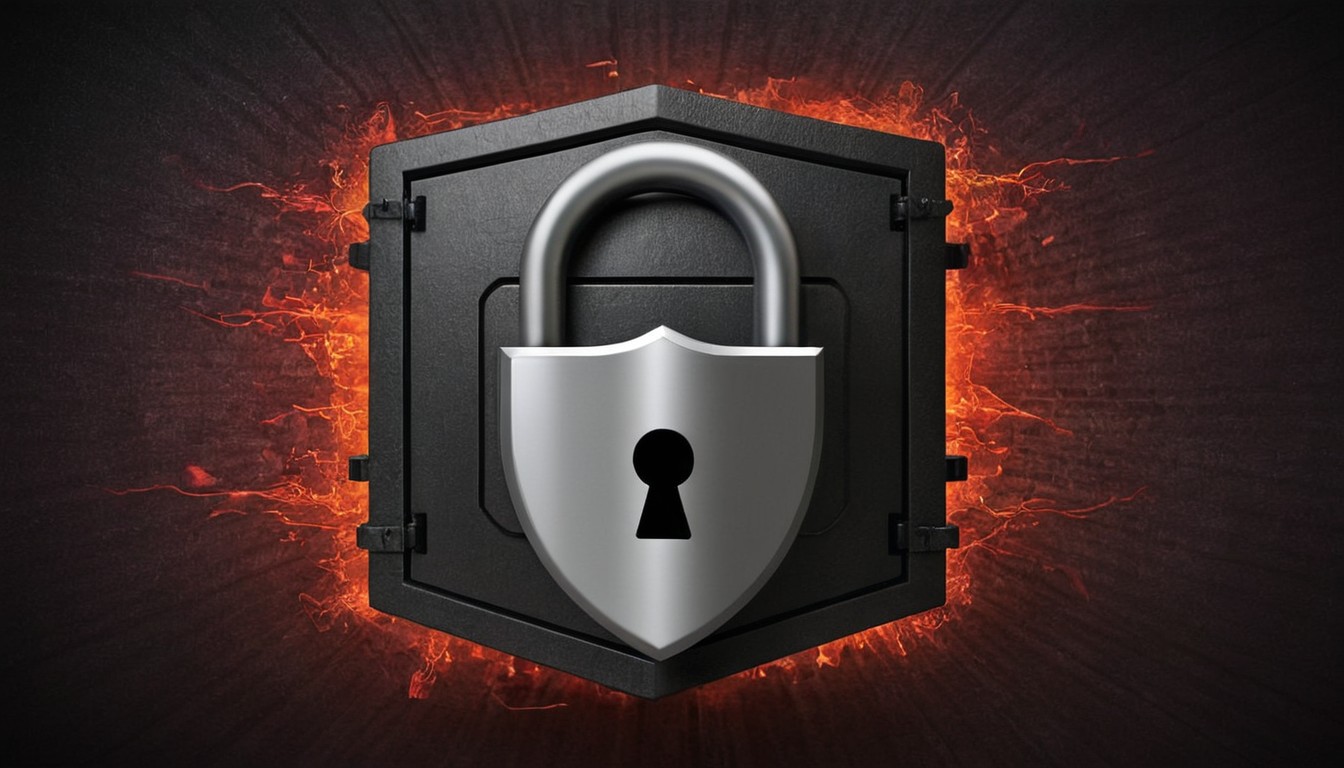In an era dominated by cloud computing, data breaches have become a stark reality, even for high-profile platforms like Snowflake. Known for its robust data warehousing capabilities, Snowflake recently came under scrutiny after being linked to breaches impacting major organizations, including Ticketmaster’s parent company and AT&T. These incidents underscore the pressing need for enhanced cloud security practices.
Understanding the Snowflake Data Breaches
Snowflake has gained widespread adoption for its seamless integration, scalability, and performance. However, as these breaches highlight, no platform is immune to cyber threats. These incidents involved:
- Credential Theft: Attackers exploited compromised credentials, allowing unauthorized access to sensitive data stored within Snowflake environments.
- Misconfigured Permissions: Mismanagement of user roles and permissions created vulnerabilities, enabling attackers to move laterally within compromised systems.
- Third-Party Exploits: Many breaches were traced back to weaknesses in connected systems or third-party applications, emphasizing the interconnected nature of modern cloud ecosystems.
Impact of the Breaches
- Customer Trust: Breaches erode confidence in the platform, raising concerns among current and potential users.
- Regulatory Implications: Companies affected by breaches face significant fines under GDPR, CCPA, and other data protection laws.
- Operational Disruption: Compromised systems often lead to downtime and resource-intensive recovery processes.
Lessons for Cloud Security
The Snowflake breaches highlight critical security challenges in cloud environments. Here are actionable steps for organizations:
- Adopt Strong Identity Management: Use multi-factor authentication (MFA) and privileged access management to safeguard user credentials.
- Regularly Audit Permissions: Ensure that users have only the permissions necessary for their roles, limiting exposure to potential breaches.
- Implement Continuous Monitoring: Leverage security tools to detect unusual activity in real time.
- Educate Employees: Regular training on recognizing phishing attempts and using strong passwords is essential.
- Vet Third-Party Integrations: Carefully assess the security posture of third-party tools integrated with your Snowflake environment.
Why Cloud Security Matters
The Snowflake breaches serve as a wake-up call for organizations relying on cloud solutions. As cyber threats grow more sophisticated, businesses must adopt proactive measures to protect their data.
The Snowflake data breaches underline the importance of robust cloud security measures. Organizations must not only secure their own systems but also ensure their cloud service providers meet the highest security standards.





